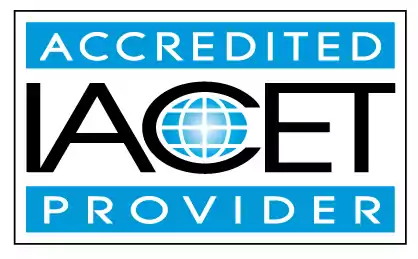Identify the difference between teacher/child directed activities
Looking to understand the difference between teacher-directed and child-directed activities? Our page provides insightful information on appropriate practices for identifying and demonstrating children's learning. Perfect for those in the early childhood education and child care center domains.Trainings incorporating this outcome
Proficiency Level
Target Audience
States
Alabama (1) Alaska (1) Alberta (1) Arizona (1) Arkansas (1) Australia (1) California (1) Colorado (1) Connecticut (1) Delaware (1) District of Columbia (1) Florida (1) Georgia (1) Hawaii (1) Idaho (1) Illinois (1) Indiana (1) Iowa (1) Jamaica (1) Kansas (1) Kentucky (1) Louisiana (1) Maine (1) Manitoba (1) Maryland (1) Massachusetts (1) Michigan (1) Minnesota (1) Mississippi (1) Missouri (1) Montana (1) Nebraska (1) Nevada (1) New Hampshire (1) New Jersey (1) New Mexico (1) New York (1) Newfoundland and Labrador (1) North Carolina (1) North Dakota (1) Nova Scotia (1) Ohio (1) Oklahoma (1) Ontario (1) Oregon (1) Pennsylvania (1) Prince Edward Island (1) Puerto Rico (1) Quebec (1) Rhode Island (1) Saskatchewan (1) South Carolina (1) South Dakota (1) Tennessee (1) Texas (1) Thailand (1) United Kingdom (1) Utah (1) Vermont (1) Virgin Islands (1) Virginia (1) Washington (1) West Virginia (1) Wisconsin (1) Wyoming (1)
120 hours courses
Related Outcomes
- Identify appropriate practices for identify and demonstrate an children: Teacher directed vs child directed
- Identify and understand the requirements of Child Care Subsidy (POC), Child and Adult Food Program, MSDE Child Care Credential, Tiered Reimbursement, and the Child Care Career and Professional Development Fund
- Identify appropriate practices for identify and demonstrate an children: Identify examples of appropriate activities for different ages
- Identify appropriate practices for teacher- and child-directed activities.
- Identify strategies for the child care provider that will promote successful child development. Identify strategies for working with children with special needs
- Demonstrate an understanding of teacher vs. child directed activities.
- Identify the difference between teacher-/child-directed activities.
- Teachers will identify different ways to communicate with families
- Identify the different types of portfolios used in child care programs, and the appropriate portfolio components for each type.
- Identify appropriate practices for identify and demonstrate an children: Identify importance of individual planning
- Identify examples of appropriate activities for different ages.
- Identify curriculum and activity resources specific to school-age child care.
- Identify different learning styles and how to differentiate instruction to meet a child's needs.
- Teachers will identify the important role parents and/or family members play in their child's education.
- Identify strategies for the child care provider that will promote successful child development
- Identify strategies for the child care provider that will promote successful child development.
- Identify different types of risk management common in child care.
- Identify strategies for the child care provider that will promote successful child development.
- Identify factors that may influence learning for a child in the family child care environment.
- Identify responses to typical daily child care scenarios with solutions that are aligned with Child Care Regulations
Related Articles
- Understanding Why Toddlers Bite
- Lesson Planning for Infants and Toddlers
- Child Care Professionals
- North Dakota and the Child and Adult Care Food Program
- Managing Behaviors in the Early Childhood Education Classroom
- Unlocking the Power of DAP
- ChildCareEd’s Montessori Curriculum Training
- How to Create Effective Daily Reports for Parents
- New Year, Fewer Tantrums: Tips for Building Strong Parent-Educator Partnerships in 2025
- Ensuring Classroom Safety: The "1, 2, 3, Eyes on Me" Tool
- A Step-by-Step Guide to Accessing Your DCF Training Login
- When Seconds Count: Real-Life Cases Where Health & Safety Training Saved Lives
- Understanding Developmental Milestones: What’s Typical and When to Worry
- 🧩 What Does ABA Look Like in the Classroom? 🎓 What Teachers Should Know
- ⚠️🤝 How Can I Tell the Difference Between Bullying and Normal Conflict?
- Supporting Teachers in Addressing Challenging Behaviors: Fun Tips for Everyday Wins
- What Is the Difference Between Coaching and Supervising in Child Care?
 12 CEUs
12 CEUs